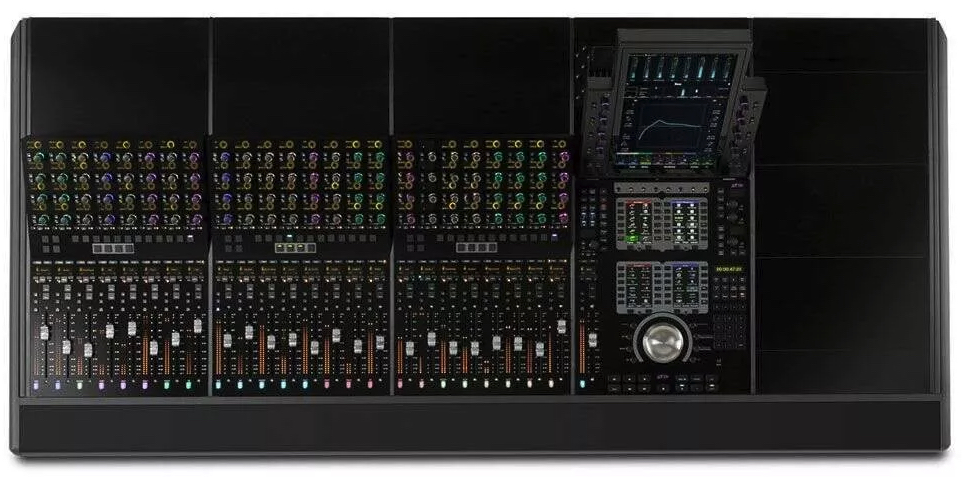
The heart of your home recording studio is your Digital Audio Workstation or DAW. This is where you record, edit and mix all of your music. Typically, a DAW will contain a project window and a mix window in conjunction with dozens of other windows that pop up for specific purposes. Each of these windows contains a vast array of virtual buttons, knobs, faders and drop down menus that you interact with using your mouse or touch screen. To me, it’s all very impersonal and leaves me feeling disconnected to the music. Staring at a screen all day makes me feel more like a computer programmer than a music creator. Programming can be fun and creative, but making music requires a more tactile approach. It requires the use of more of your senses. It sometimes requires you to dance and move around. This is why I need a control surface.
In a nutshell, the idea of a control surface is to move various functions of the DAW in your computer to an external device giving you more of a hands on experience. As an example, when you are in a professional studio, you usually have a recording console available. This is a large desk made up of many individual channels and a master section. Every instrument is directly in front of you. A good control surface gives you the same thing – a way to work with each track without ever having to peer into a computer screen. It creates an organic and sense driven experience. Your fingers interact with the feel of the faders and knobs. In a very real sense, the recording console becomes your instrument. You play it the same way a pianist plays the piano. That is why, in my humble opinion, one of the first pieces of non-essential equipment you should purchase is the best control surface you can afford.
Besides the quality of the build, more money usually equates to more features. At the very least, a control surface should provide motorized faders to control volume and gain levels. Motorized means that the faders on the surface move based on the fader movements from your DAW. While recording, moving the faders on the surface will store those movements in the DAW. Additional features might include:
- Knobs for parameter adjustments to panning, EQ, compression, and other audio effects
- Buttons to provide quick access to common functions like soloing, muting, automation and recalling presets
- Transport controls to navigate through your project (play, stop, rewind, fast forward, loop, markers, etc.)
- Record buttons to arm a track, monitor the input, and record the input
- Display screens that show information about the selected track, parameter values, and other relevant data
The more features included in the control surface, the less time you’ll need to spend moving between the control surface and the computer screen and mouse. The goal here is to spend as much time on the control surface, your instrument, as possible and to only switch over to the computer when absolutely necessary.
For me, one of the main reasons for spending more is that I want as many channels in front of me as possible. Like the recording console in a big studio, a control surface provides individual channels that you control in real time. Unlike those recording consoles, control surfaces vary widely in the number of discrete channels it provides. When you have more tracks in your DAW than the number of channels on your control surface, then you have to switch banks to bring up the next set of channels in your DAW. While switching banks is not the worst thing in the world and can be done quickly, it distracts from the flow. You want as many channels in front of you as possible to properly play your instrument.
Many control surfaces are initially set up for a specific DAW (Pro Tools, Logic, Cubase, etc.). Most, however, allow you to change the setup for whatever DAW you are using. For that reason, the various buttons and knobs on the surface are usually pretty generic or, in the worst case, just plain wrong for your DAW. In those cases, you will need to see if a template is available that fits over the surface that reassigns the name of the controls to match your DAW.
A control surface, by itself, does not handle analog audio signals. It is purely an interface that provides tactile control over your DAW software. You still need an audio interface to handle audio inputs and outputs, preamps and DA/AD conversion from your DAW. If you would prefer that the functionality of both be contained in a single box, then you want a digital mixer. An article on digital mixers will be coming soon.
Currently, most control surfaces interface with your computer and DAW via USB. Of course the connection type will change as technology evolves.
Here is a list of some of the more popular control surfaces with prices ranging from low to high. You can find single channel control surfaces, but since I am a believer of having more control outside of “the box” and I assume most of you will be working with multiple tracks, I am only including models with a minimum of 4 channels. You can also find models with dials instead of faders. I respect early recording technology, but I think a fader provides a better experience so I am only showing models with faders. As always, do your research and find the surface that is best for your needs and your budget.
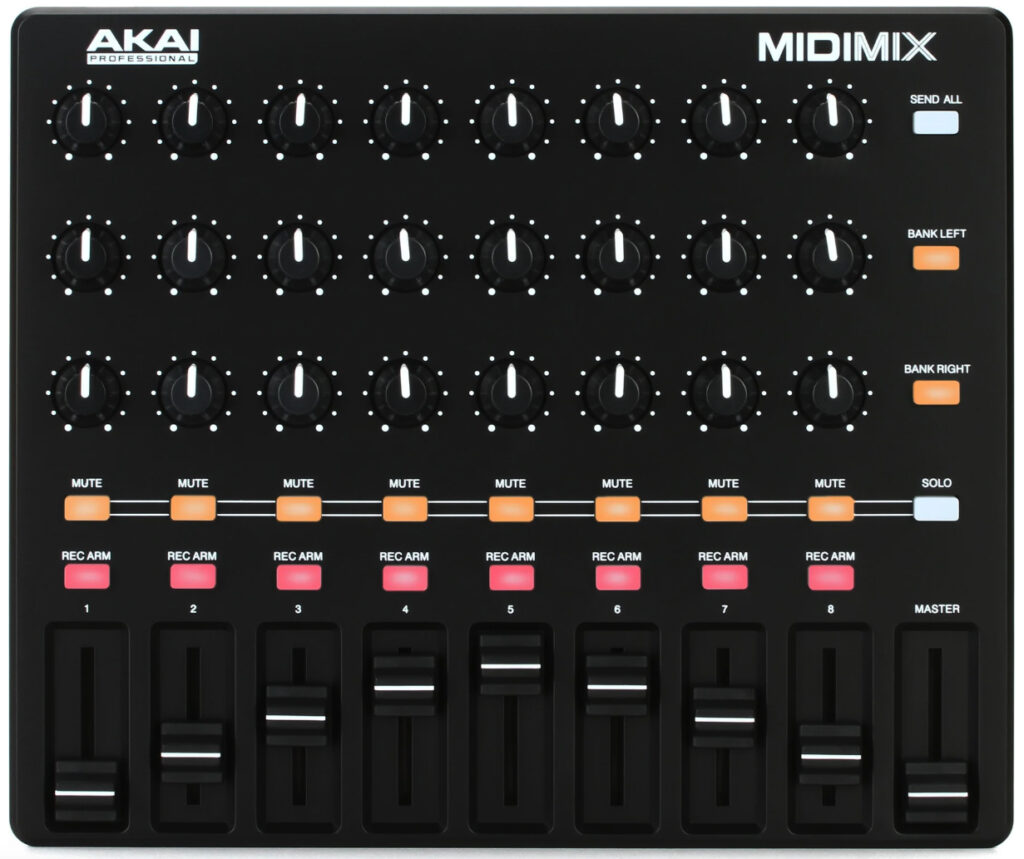
Akai Midimix
Starting at $109
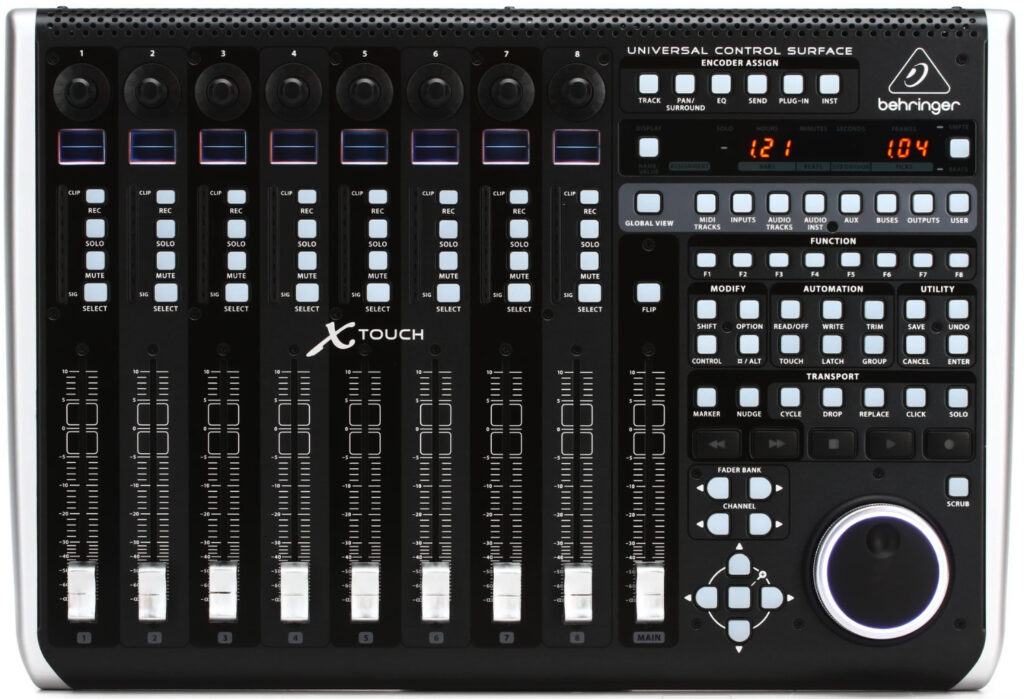
Behringer X Touch Series
Starting at $299
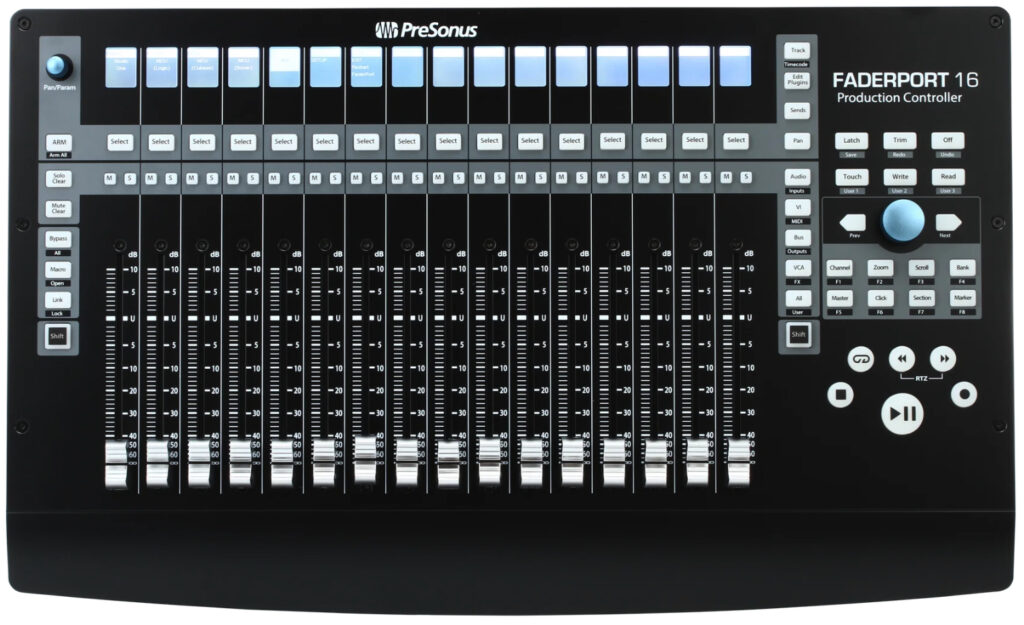
Presonus Faderport Series
Starting at $424.99
16 channel model shown ($679.99)
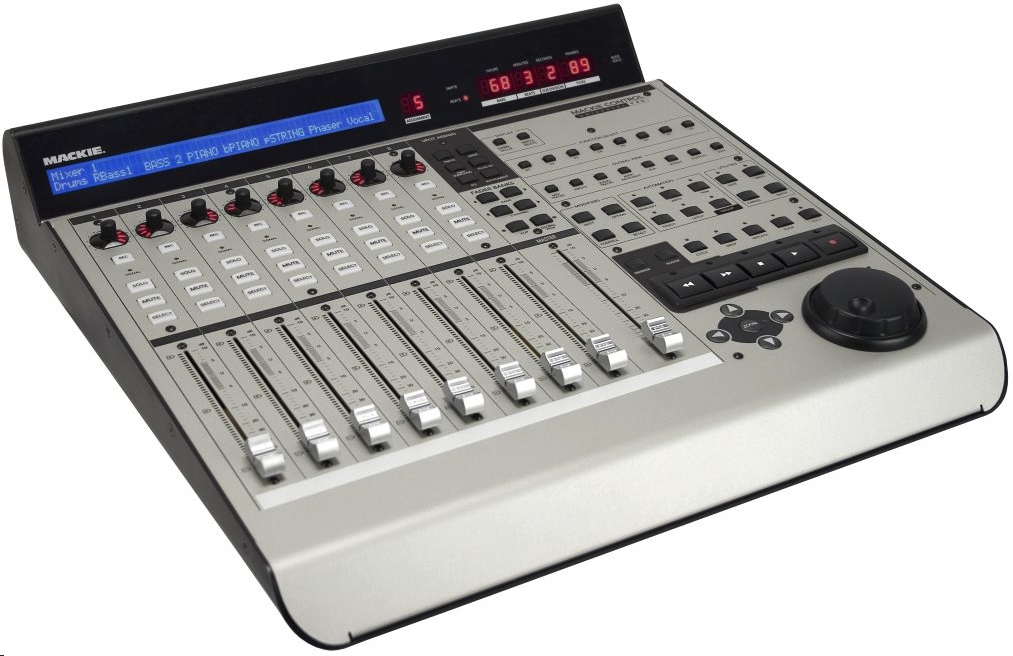
Mackie MCU Pro
Starting at $1030
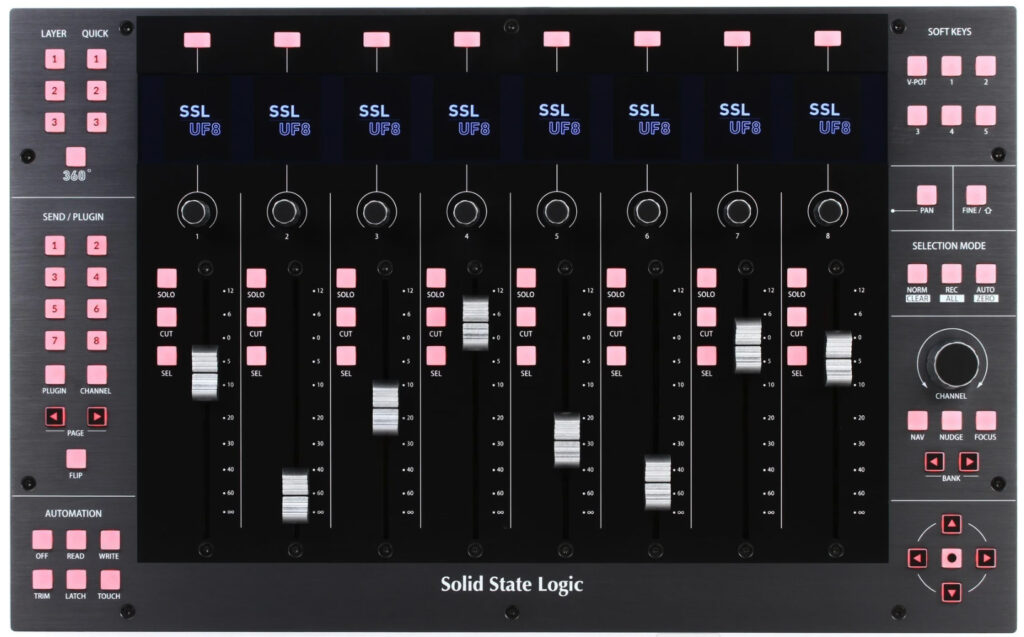
Solid State Logic
Starting at $1299.99 for the UF8 Advanced DAW Controller
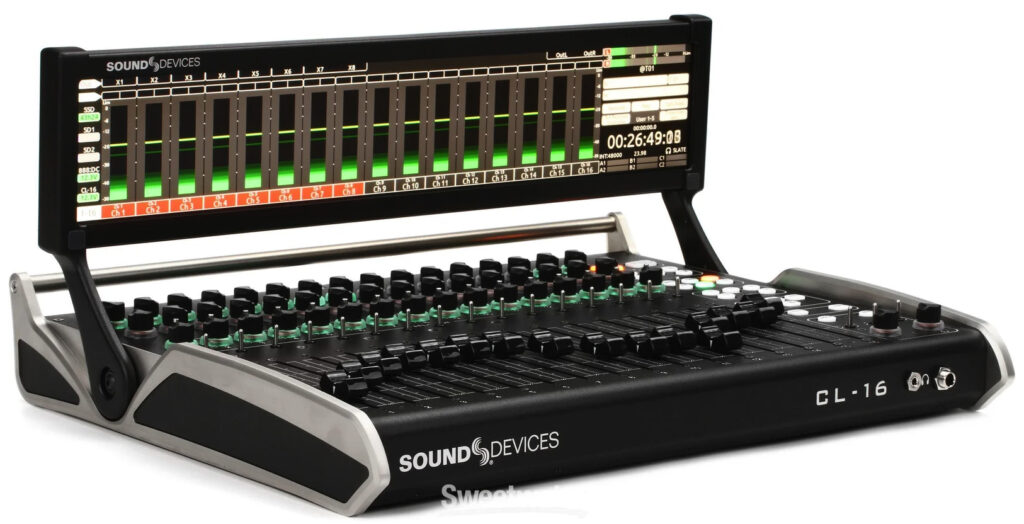
Sound Devices CL-16
$5995

Avid EUCON Enabled S Series
Starting at $1495 for the S1 8-channel desktop unit
And skyrocketing up to $55,595 for the 24-channel semi-modular beast shown at the top of the page